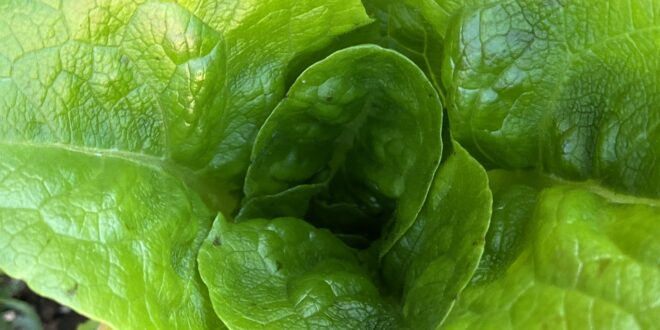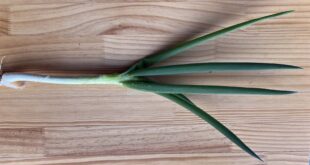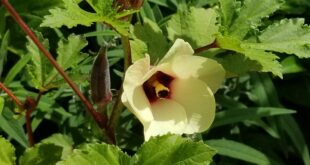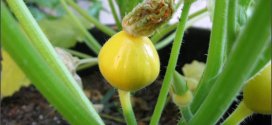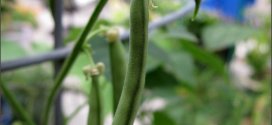Bibb type lettuces are known for their ‘buttery’ taste and velvety texture, and small loosely formed heads. Relative to most other lettuce types, Bibbs are slightly more tolerant of heat. Even so, they are best planted early or late in the season in spring, away from the intense summer sun. They may be started indoors several weeks prior to the last frost of the season. Partial shade, or a location that receives primarily eastward exposure may be helpful if growing in summer. Bibb usually need between 55-60 days to reach maturity, so plan your plantings accordingly. Leaves can be collected throughout the growing cycle. Space plants 10-12″ apart with 12″ between rows.
Lettuce grows best in full sun, though excessive heat can cause plants to bolt to seed, or leaves to wilt. For an early start, seeds can be started in flats 4 weeks prior to the last frost and transplanted outdoors in mid to late spring. If growing in summer, select a partially shaded location, or one that receives primarily eastward exposure to mitigate the potentially damaging effects of excessive heat upon lettuce.
Lettuce is tolerant of a wide range of soils, but prefers well-drained, cool, loose soil with plentiful moisture and pH 6.2 to 6.8. Sensitive to low pH. Lime to at least 6.0. To encourage tender and tasty growth, make sure location is rich in organic compost matter. Amend prior to planting if needed.
Sowing
Direct seed or transplant in early spring, as soon as you can work the soil. To get an early start, prepare beds the previous fall by working in manure or compost and raking smooth to leave a fine seedbed. Seeds need light to germinate; sow at a very shallow depth by covering with a thin layer of growing medium.
Direct-seeding
Sow seed 1/8 inch deep, 1 inch apart in rows 12 to 18 inches apart. When plants have two or three true leaves, thin to 12-inch spacings for crisphead varieties, 6 to 10 inches for other types. You can also lightly broadcast seed (particularly of looseleaf varieties) in a patch instead of a row.
Transplants
Sow in 1-inch cells 3 to 4 weeks before transplanting outside. Harden seedlings by reducing water and temperature for 3 days before transplanting. Hardened plants should survive 20 F. Space crisphead transplants 12 inches apart in rows 18 inches apart. Space other varieties 6 to 10 inches apart in rows 12 to 18 inches apart.
MAINTAINING
Use row covers to protect very early plantings from cold, to protect young plants from insects, and (supported by hoops) to shade crops when warm weather arrives.
Make succession plantings every week or two, and grow several varieties with different maturity dates for a continuous supply. Moisture, stress, and high temperatures, particularly at night, encourage bolting. As the season progresses, plant more bolt-resistant varieties. Locate plants where they will be partially shaded by taller nearby plants, latticework or other screen.
Lettuce has a shallow root system. Keep soil moist to keep plants growing continuously. Mulch to retain moisture and suppress weeds (unless slugs are a problem). Fertilizing can be helpful to promote faster growth, especially a fish emulsion type that is not high in nitrogen that can cause greens to become bitter. Water lightly but consistently.
